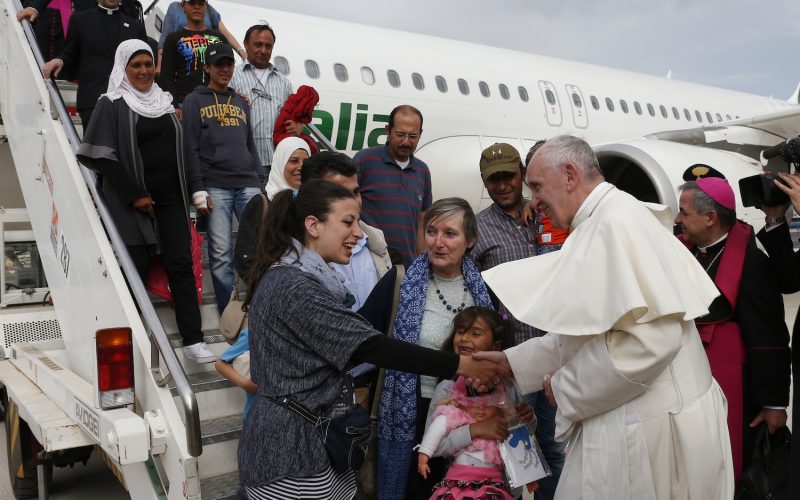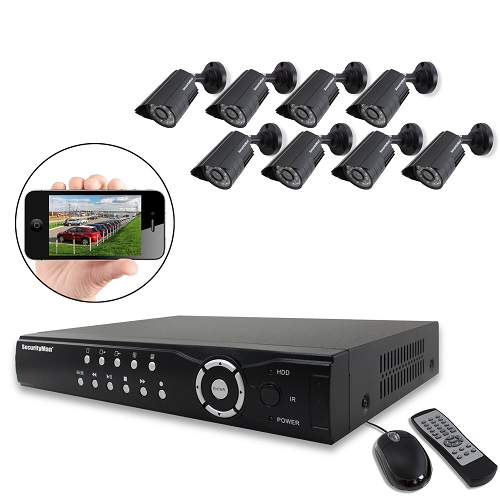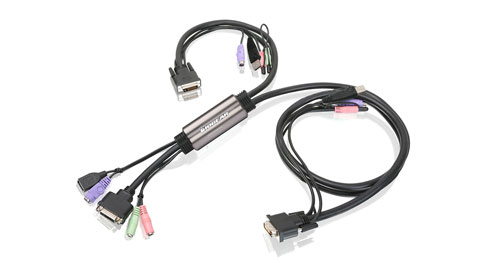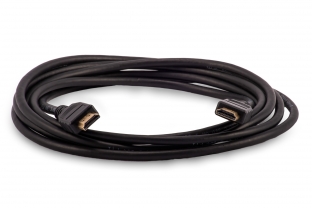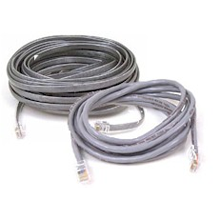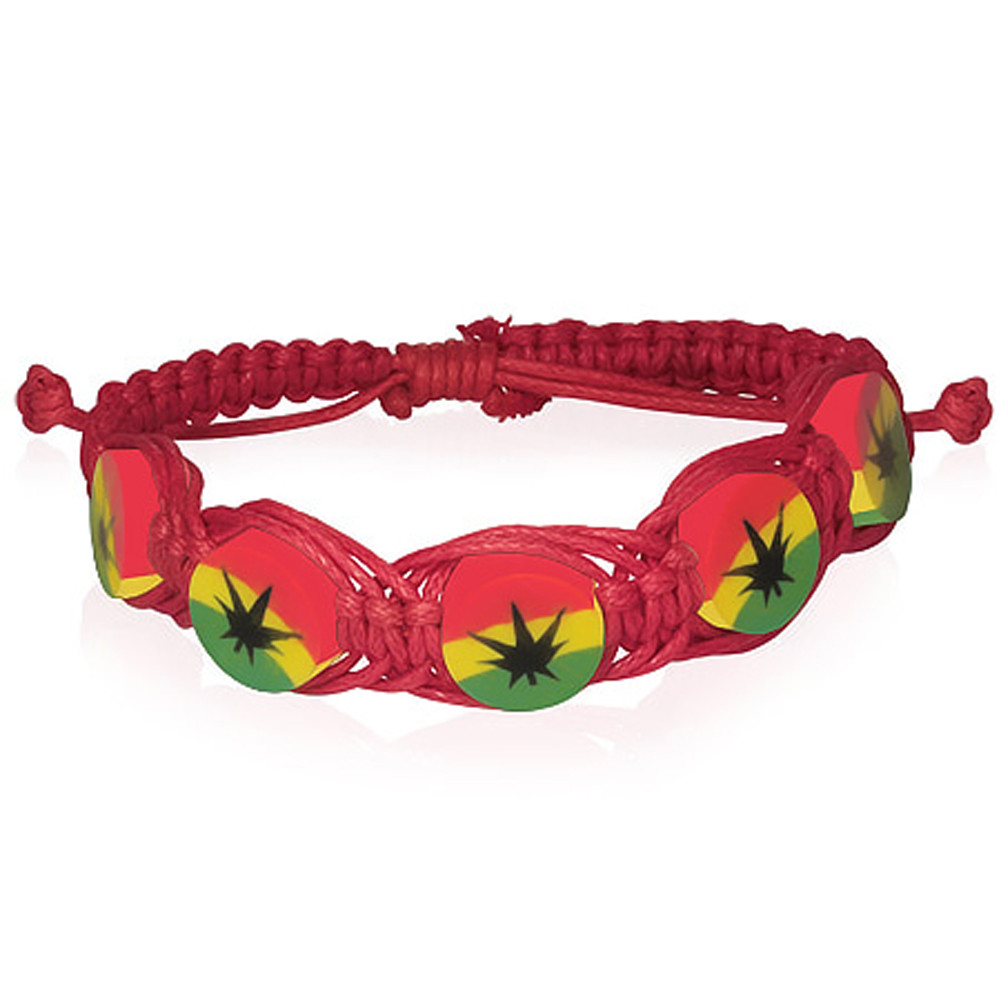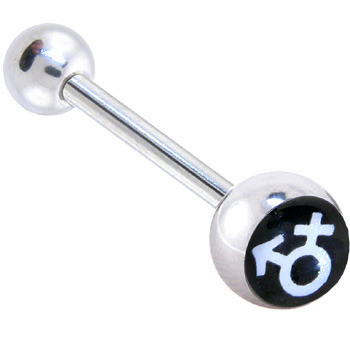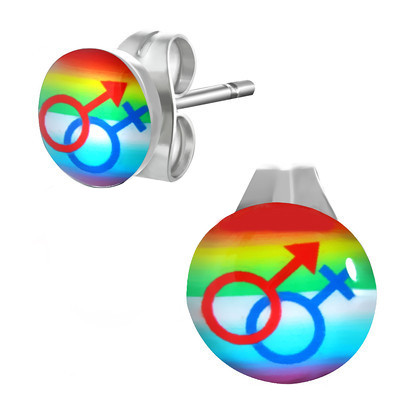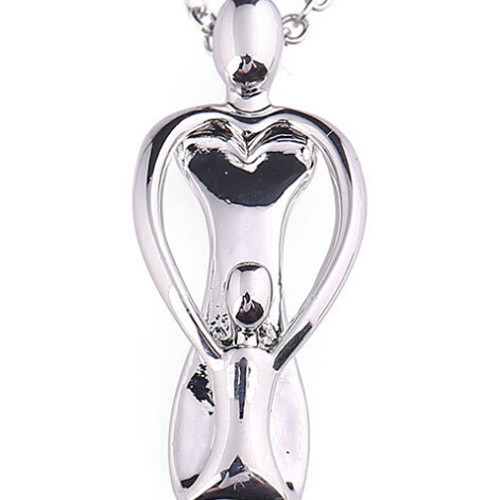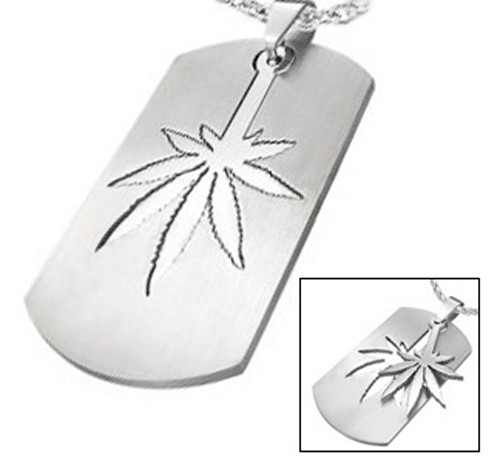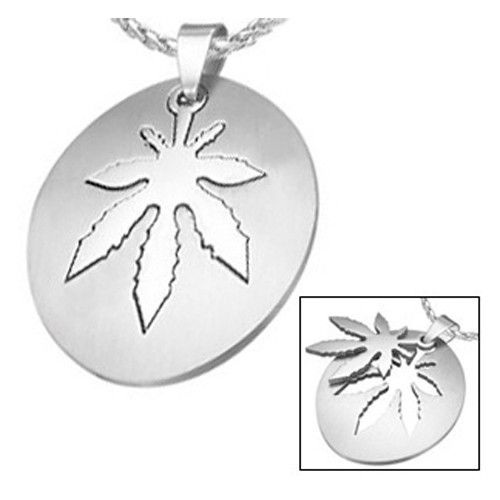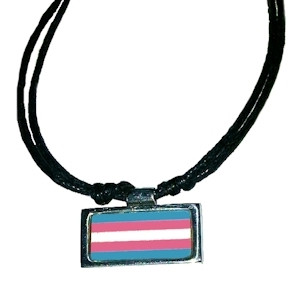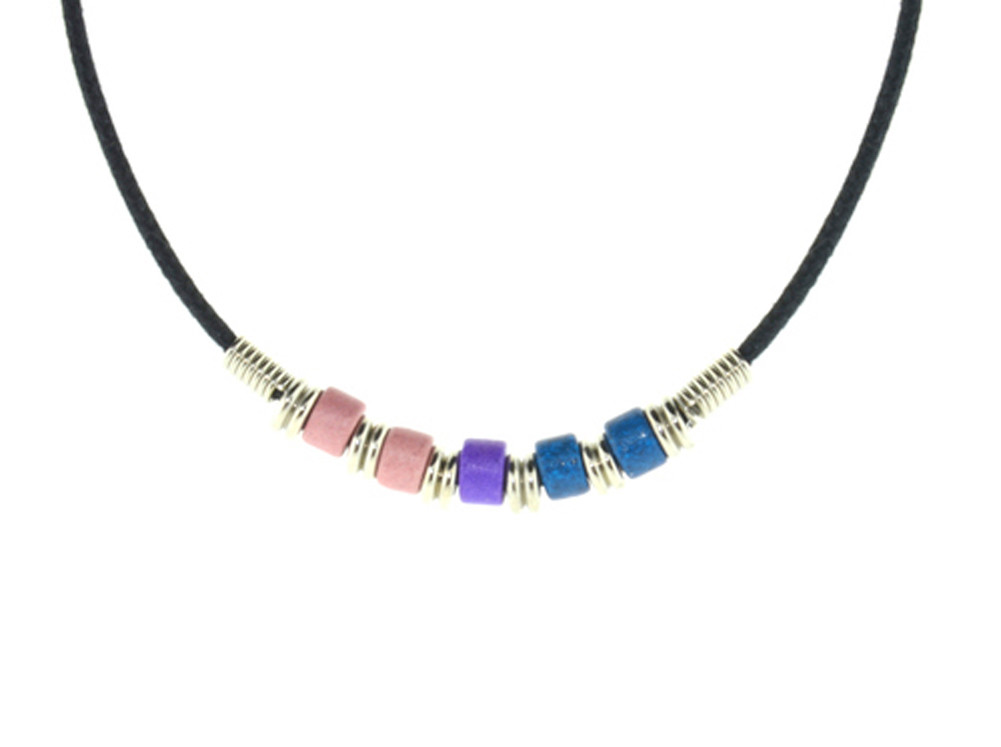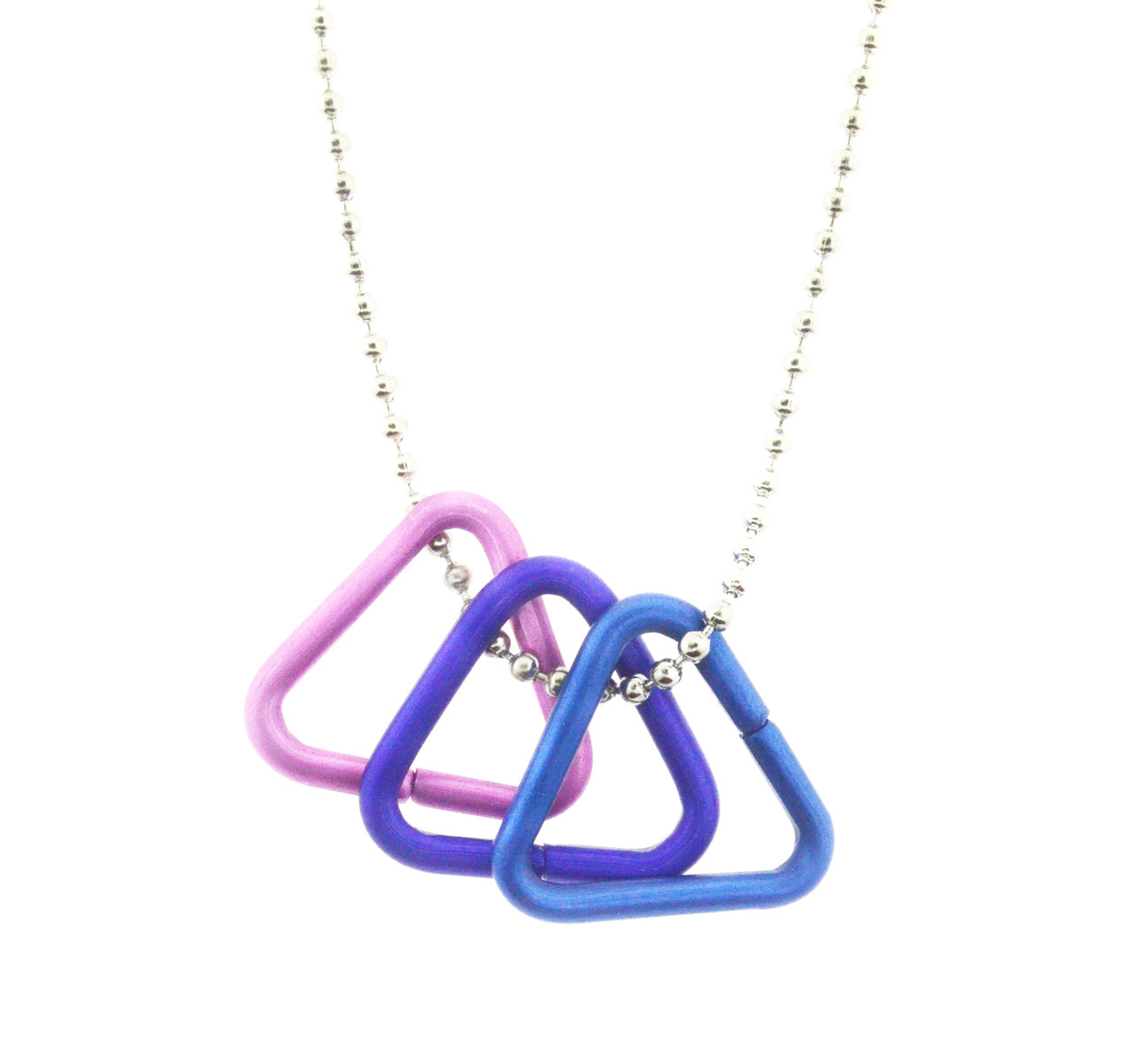More than 100 foreigners died in the past two years in Malaysia’s immigration detention centers from various diseases and unknown causes, according to documents from the government-funded National Human Rights Commission reviewed by Reuters.
The toll, which has not been previously disclosed, is based on Malaysian immigration department data provided to the commission, which is known by its Malay acronym Suhakam. There were 83 deaths in 2015, and at least 35 in 2016 up to 20 December.
It is unclear whether the death rate is higher than in neighboring countries. Government officials in Indonesia and Thailand told Reuters they do not disclose such numbers. The rate is higher than in major industrialized nations such as the United States, which in the last financial year recorded 10 deaths in its immigration detention system, which has many more detainees than Malaysia’s.
More than half of the 118 dead are from Burma, the source for tens of thousands of refugees coming to Malaysia, including Rohingya Muslims escaping persecution by Burma’s authorities and its majority Buddhist population. The number of Rohingya fatalities in the camps is unknown.
Malaysian Prime Minister Najib Razak has been a harsh critic of the Burmese government and its de facto leader Aung San Suu Kyi after a crackdown in October by Burma’s security forces led many Rohingya to flee across its borders amid multiple allegations of mass killings and gang rapes by troops. He has called for foreign intervention to stop the “genocide” in Burma.
Najib’s office did not return calls seeking comment
“The numbers are too many and are shocking and it calls for the overhaul of the system,” said Jerald Joseph, one of eight commissioners at Suhakam, which was established by the Malaysian parliament through an act in 1999 and is due to publicly announce the numbers next week in its annual report on human rights issues in Malaysia.
He described conditions at the centers, some of which he has visited, as “appalling” and said the deaths should be investigated as a criminal matter. The illnesses that led to some of the deaths may have been caused or exacerbated by poor sanitation and food, physical abuse and a lack of medical attention, said Joseph, who was speaking on behalf of the commission.
Brutal conditions
Malaysia’s home ministry, which oversees the immigration department, said it was trying to improve the conditions in the centers but that its budget was constrained.
“I agree there is some overcrowding and the conditions are not ideal. We are always trying to improve the procedures, health conditions and management of these sites. The problem is we hit a budget brick wall,” said deputy home minister Nur Jazlan Mohamed in an interview.
He said there wasn’t enough funding to upgrade facilities, provide adequate healthcare and hire and train enforcement officers. Jazlan blamed overcrowding on the “never ending the flow of people seeking better future in Malaysia.”
The living conditions inside the Malaysian camps are grim — overcrowded, unhygienic and brutal— according to interviews with 13 former detainees, and 12 others who have regularly visited the centers, including people from government agencies and rights groups.
Those who had been detained say they did not get adequate food, water or healthcare, that many inmates developed skin and lung infections, and the sick are usually not isolated, leading to the spread of contagious diseases.
All of the detainees interviewed also allege they were beaten by guards at the camps or witnessed others being beaten. One former Rohingya inmate of the Lenggeng camp in the southwestern state of Negeri Sembilan told Reuters in an interview that he witnessed detainees being beaten and then saw them die when the resulting injuries were not treated. “When we asked for medicines, we were beaten,” he said.
Reuters could not independently verify his account or the similar accusations made by other detainees. They all declined to be identified for fear of reprisals.
Asked about the claims of beatings, Jazlan said he needs more evidence to establish if it was prevalent. “I hope critics won’t rely on detainees’ testimony and come up with proper evidence,” he said.
Detainees from Burma fared worse
Of the 118 people recorded as dying in 2015-16, 63 were from Burma, and people from that country have fared worse than those from elsewhere, the documents from Suhakam and data from the Malaysian government’s Enforcement Agency Integrity Commission (EAIC) show.
During 2016, for example, there were 14,180 Burmese nationals detained and at least 14 of them died, while there were only five fatalities among 34,586 Indonesian inmates. The documents and data don’t explain this discrepancy and Reuters was unable to independently confirm the reason for it.
People from Burma, including Rohingya Muslims, tend to stay in the detention centers longer as they try to persuade the United Nations High Commissioner for Refugees (UNHCR) to issue them with identification cards that allow them to stay in Malaysia temporarily, rights groups and former detainees said. People from other countries are often undocumented migrant workers who are deported home relatively quickly.
Malaysia, which has not signed the UN Refugee Convention, treats refugees as illegal migrants with few rights.
Asked about the deaths of Burmese nationals in Malaysian detention centers, Zaw Htay, who is the spokesman for Burma’s state counselor, Suu Kyi, said that “we haven’t heard about these cases.” He also said that “a lot of Bengali people in Malaysia say they come from Myanmar to get UNHCR cards.”
“Bengali” is a derogatory term used by many in Burma to refer to the Rohingya that suggests they come from Bangladesh, even though many Rohingya have lived in the country for generations.
style="display:block"
data-ad-client="ca-pub-3556099351069683"
data-ad-slot="1278322433"
data-ad-format="auto">
Lung infections
The documents reviewed by Reuters give causes of death for 68 detainees. Pneumonia and lung infections led to 19 deaths, at least 10 were the result of various heart-related conditions, and five died from the bacterial disease leptospirosis, which is often spread through the urine of infected animals, including rodents.
Sepsis, or septic shock, a condition usually triggered by other illnesses, claimed 21 victims, including some who were suffering from pneumonia or leptospirosis, various forms of tuberculosis led to three deaths, and one Filipino woman committed suicide.
The 13 detention centers in Malaysia held a total 86,795 detainees for various periods during 2016, according to the EAIC.
Malaysia isn’t the only country in Southeast Asia that has faced criticism for the conditions in its prisons.
In its human rights report for 2016, the US State Department said Indonesian and Thai facilities, including those used to detain immigrants, are overcrowded. It said government figures showed that 548 prisoners died “in custody” in Indonesia between January and June of 2016, and 762 died in “official custody” in Thailand in the year to September 2016. However, there was no breakdown between those who died in ordinary jails and those who died in other forms of incarceration, such as immigration detention facilities.
No cause was given for 50 deaths in Malaysia. They are classified in the documents as “no report” or “pending autopsy” or “undetermined” or “awaiting the report from hospital” or “unascertained.” One center in Kuala Lumpur had 13 deaths in 2016, but no reasons were stated for any of them.
When asked about the lack of reasons given for so many deaths, Jazlan said he will look into it.
The documents do not specify the reasons for the lower death rate in 2016, though a Reuters analysis of them and related data shows that there was a 27 percent drop in the number of people detained at the end of 2016 from a year earlier.

